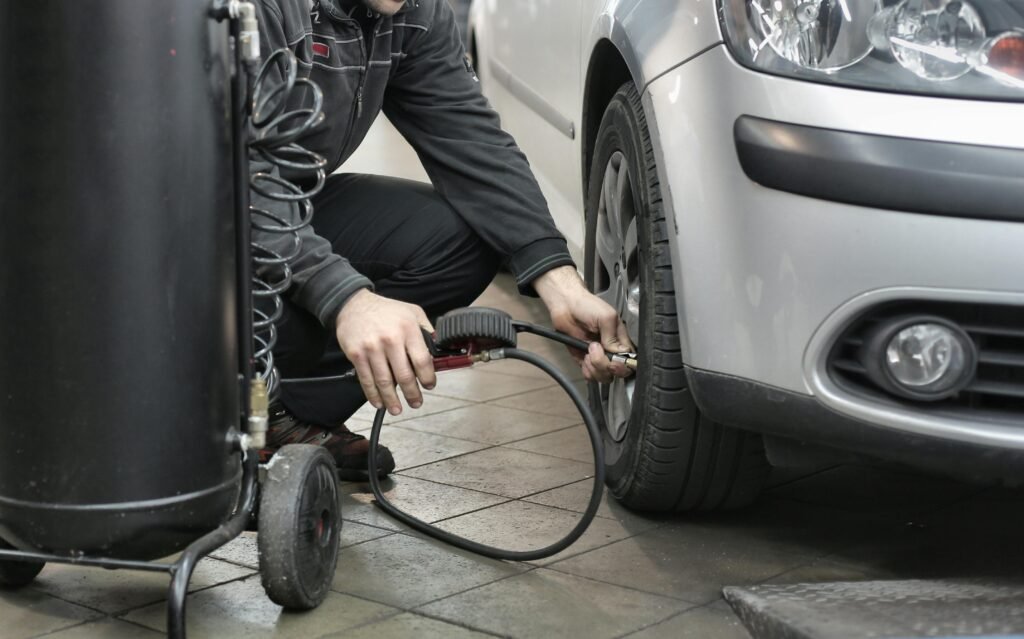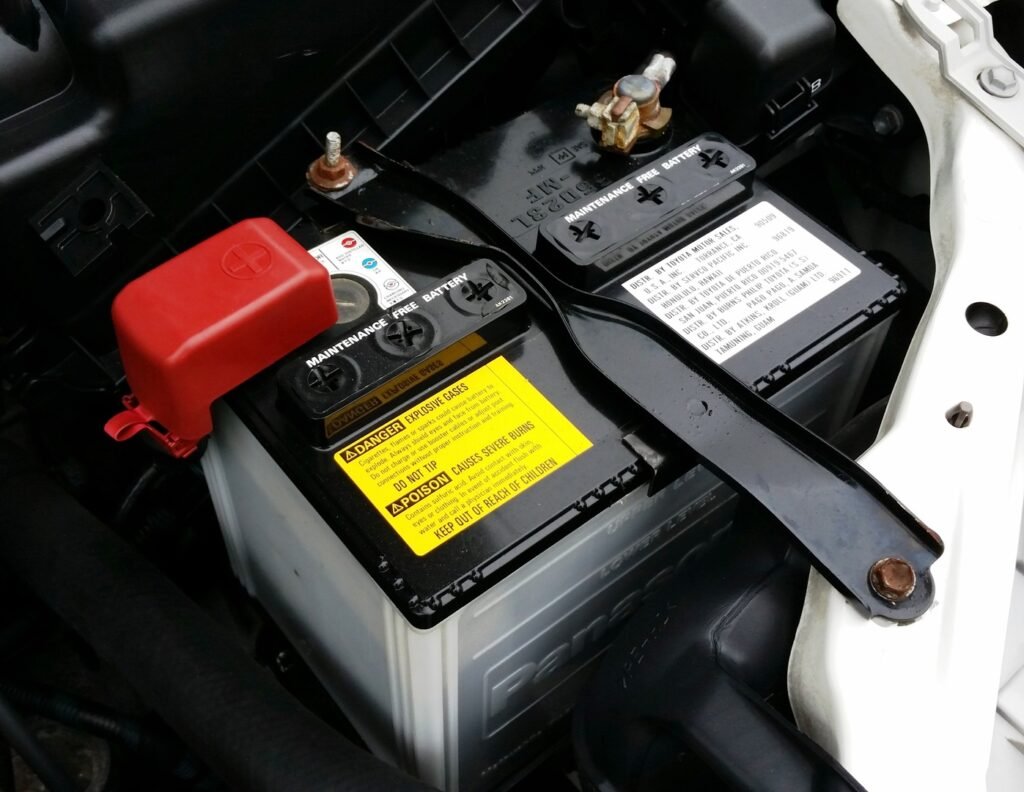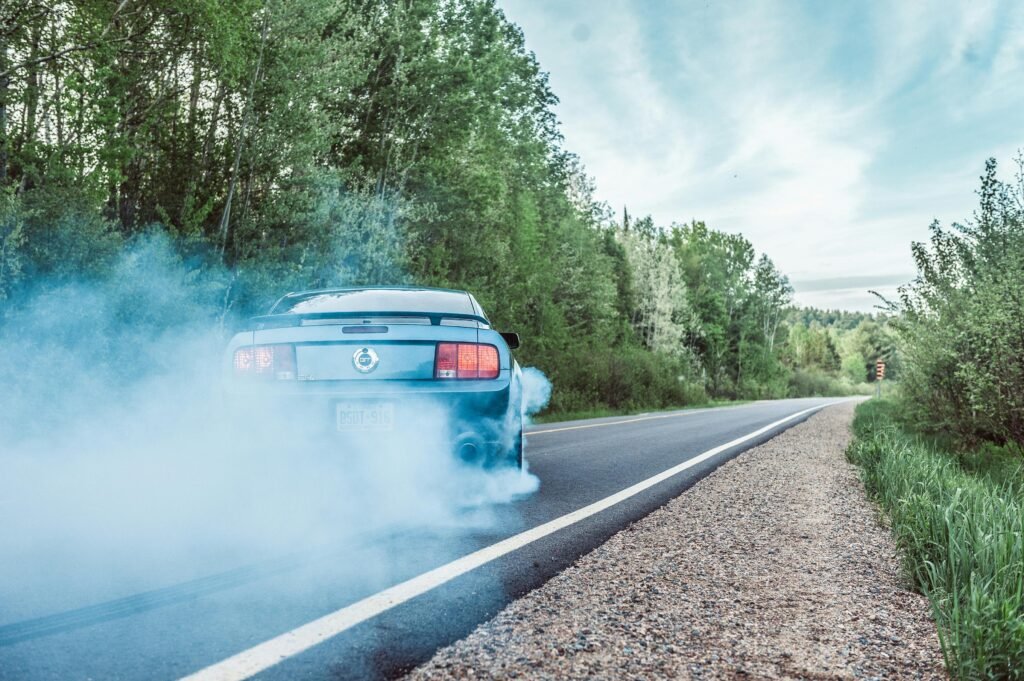Low vs. High Tire Pressure | Which Feels Better on the Road
Let’s talk about tire pressures. I know, it doesn’t sound like the hottest topic until you’ve gone for a spirited drive and suddenly your car’s handling feels like it’s got a mind of its own.
Maybe it’s your tires whispering, “Buddy, this PSI isn’t it.”
After spending more time than I’d like to admit fiddling with my tire pressures on my Toyota GR Corolla, I figured it was time to break the silence on this topic.
I’m here to test out three different pressures—low, standard, and high—just to see if a few PSI can really shake things up (and hopefully not rattle my fillings).

I’ve read more about tire pressures, but I’ve never come across one that actually talks about the things I’m interested in. All these articles are always about fuel economy and road noise.
After my track day, I’m quite conscious of the fact that even a small change in tire pressures makes a big difference to how the car feels.
So, I started thinking—could we apply this to normal road driving, and by extension, spirited driving on the road, too?
I’ll be sharing my personal take on how each setup feels, how the car feels to me, and my thoughts on that. What I’ve done to try and make it as fair as possible is that all the testing is done on a square setup, meaning all four tires are at the same tire pressure.
Honestly, I’ve always preferred a square setup anyway because the slightly higher pressures in the rear wheels make the rear a little bit more playful.
We’re going to test three tire pressures.
First, as close as I can get to the manufacturer’s recommended tire pressure, which is 33 PSI—so we’re going to do a 33-square setup.
Then we’ll go higher at 40 PSI to see how that difference feels in the steering.
Finally, we’ll go lower to 25 PSI.
I’m also going to do a little bit of fuel economy testing. The way I’m going to do this is by driving up and down the same stretch of motorway three times on each of the tire pressures, trying to keep as close to a constant 70 mph as I can.
Hopefully, those tests are accurate. Let’s get out on the road and find out how much of a difference tire pressures make to how the car feels.
40 PSI
The very first tire pressure we’re testing out is actually 40 PSI.
In normal driving, it actually feels pretty good—feels pretty positive, pretty solid. I kind of like it. I do notice, though, that the ride is potentially a little bit busier. What I didn’t expect is that there’s a touch more road noise; I thought there would be less road noise as you go up in PSI, which made sense to me conceptually, but I don’t think that’s the case.
Let’s get it onto a lovely little country lane and see how this 40 PSI performs. I actually really like the way the steering feels. It feels really positive—actually quite good! I didn’t expect this; I thought the 40 PSI would feel really stiff and horrible, but it feels surprisingly nice.
25 PSI
Now, at 25 PSI in normal driving, I’ve noticed the steering is a lot heavier, and the car feels heavier, almost big and lumbering. I have noticed, though, that the ride has really improved—it feels really comfortable and smooths out a lot of the bumps.
But at the same time, it feels… I don’t know, it feels wrong. It doesn’t feel like this is the pressure it should be at. It feels like this pressure is definitely wrong, even though it does feel kind of nice and comfortable. It’s just not something I’m really used to with this car.
I also noticed that there seems to be less road noise. It’s really quiet, which is actually kind of nice. So, I’m liking this 25 PSI—it feels good, genuinely good.
Let’s get it out onto some faster roads and see how it does there. At 60 mph, it feels good, but when I throw it into a corner, you really feel it rolling onto that sidewall.
Honestly, I came into this thinking that 25 PSI might be my favorite because I like to be different, so I had a feeling it might be. But it’s not. It doesn’t feel great; you feel the squish in the tires and the roll when you turn into a corner. The tire rolls onto the sidewall, which doesn’t feel enjoyable.
I actually think that, potentially, you have more grip with 25 PSI. On a track, you’d probably be faster, as it feels like you can lean into the tire more and extract more grip.
But in terms of how it feels, it doesn’t feel nice or enjoyable.
33 PSI
So, I’m doing the 33 PSI—the standard PSI—last. I’m actually quite surprised. The 33 PSI feels very close to the 25, a lot more than it does to the 40. The 40 felt quite different, almost rattly.
But the 33 feels similar to the 25: soft, forgiving, and it doesn’t have that edge of uneasiness that the 25 had. So, for daily driving, would you have guessed it—the manufacturer’s recommendation is the correct PSI. I didn’t expect to find that; I thought I was much smarter than the manufacturer, but that is the case.
Let’s get it out onto some spirited roads and see what it does. I mean, it feels how you’d expect the car to feel. That’s what I’m used to. I normally run the manufacturer’s recommended pressures, so this is kind of what I’m used to with this car. So, it doesn’t surprise me that I like the way it feels.
As with the daily driving or normal driving testing, it feels closer to the 25 than it does to the 40, but the 33 is similar to the 25, apart from the fact that with 25, you’re rolling onto that sidewall.
Fuel Economy

For the fuel economy, you can see that the results are very marginal. There’s, what, a 0.8 MPG difference between them?
So, basically one MPG. It does make a difference, potentially, in the long run, but it’s quite small and less than I thought it would be.
I think for daily driving, the 33 is my favorite standard pressure. I think that’s the one that feels good. But I actually think for spirited driving on the road, the 40 PSI feels the best. It has the most positive steering, the best bite, and communicates the most information.
That, to me, is really surprising because I guarantee you on a track, the 25 would be fastest, the 33 would be very close behind, and the 40 would have the least ultimate grip.
But for me, the 40 feels the best—that’s a huge surprise. I really didn’t expect that.
After all of that testing, I’ve actually gone back to the gas station and set all my tires to 40 PSI. The reason for that is not only did it have the best steering response and made the car feel more alive and connected, but it also had the best fuel economy.
Fair enough, it was marginal, but it did have the best fuel economy, and I just like the way it feels. Yes, there’s a slight detriment in terms of a little more road noise, but my car is quiet enough that I can live with a touch more road noise for all the other benefits.
So yeah, I’m pleasantly surprised. If I were trying to keep up with people or go fast on track, it wouldn’t be my choice; I’d go for 25 or maybe 33. But for just spirited driving and enjoying the car, I love 40 PSI.
I think there’s a lesson in that for everybody—experiment with your tire pressures. I’m sure different cars will react differently to various setups of pressure, and this car seems to love a higher pressure.
So yeah, definitely experiment and try a higher pressure if you enjoy spirited driving. If you enjoy that two-way communication, try a higher pressure because it communicates more; you get more feedback, the steering is more positive, and there’s just more there. So, definitely give it a go.
So, what did we learn here? Turns out, higher pressures (40 PSI, to be exact) feel like a pep talk for the steering wheel, making the car feel sharper and more connected—perfect for those spirited drives that beg for a bit of flair. But for daily cruising?
Sticking with the manufacturer’s recommended 33 PSI is a safe, comfortable choice. And while I’d love to say the low pressure had a hidden charm, it mostly just made my GR Corolla feel like it wanted a nap.
The lesson here is to try different things, see what suits your driving style, and keep in mind that sometimes, but not always, the engineers are right.
Try higher pressure to keep your tires and automobile happy and enjoy a pleasant, zippy ride!


